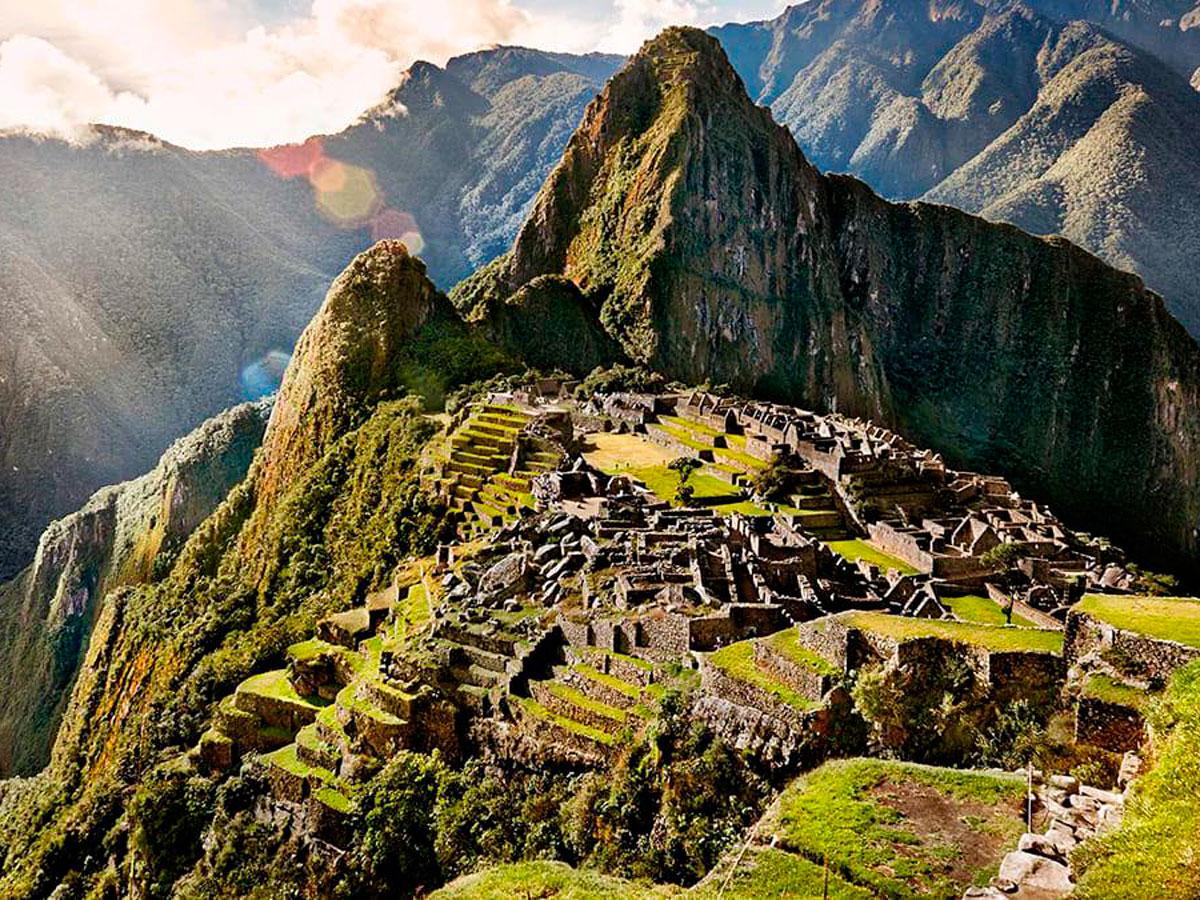
Are you gearing up for a trip through the Sacred Valley of Peru to reach one of the most renowned archaeological locations in the Americas? While it’s undoubtedly a frequently traveled route, reaching Machu Picchu is not quite as straightforward as visiting many other remarkable marvels of the world. You’ll have to either embark on a multi-day trek or take a train.
Before explorer and Princeton academic Hiram Bingham set foot on Machu Picchu as the first foreigner in 1911, the “lost city of the Incas” was indeed lost. This secretive city was not an Inca capital overflowing with gold, but rather a citadel too isolated for the conquistadors to discover. (Vilcabamba served as the Incas’ last capital before their downfall.)
Nonetheless, it was a site filled with breathtaking ancient structures known to locals but unknown to outsiders. Perched high atop a mountain and requiring a challenging hike, it conceals numerous secrets that are unlikely to ever be unveiled and mysteries that cannot be solved without a time machine.
The site continues to evoke wonder and amazement today, its image now ingrained in our minds thanks to countless Instagram snapshots. (Half of those are taken from the same location at the Sun Gate.) The government keeps increasing the daily visitor limit while attempting to manage their distribution throughout the day, introducing new regulations every year or two to balance profit with the oversight of UNESCO World Heritage officials.
This delicate assembly of ruins was never designed to accommodate such large crowds—the cap was only 1,250 per day when I first visited in the early 2000s—so many price hikes and visitor regulations are a strategy to avoid denying entry to tourists, while still safeguarding the structures.
This is not an excursion where you can simply improvise without any preparation unless a tour operator is managing all the arrangements. Plan ahead for securing advance tickets and finalize your travel itinerary well in advance.
How you choose to arrive influences your experience, energy levels, and the time and money you invest. Some travelers encounter time constraints, while others are concerned about altitude sickness or their physical readiness for extended walks. The journey can be as captivating as the destination. The pathway to Machu Picchu is not solely about reaching the end point—it’s also about the experiences along the way.
## Machu Picchu by Train
Taking a train to Machu Picchu provides speed, comfort, and significantly less planning than hiking options. It suits those with limited time or those who prefer simpler logistics. [Machu Picchu rail tours](https://incarail.com/en/tours) departing from Cusco and Ollantaytambo train stations offer direct access with dependable schedules. Families, seniors, or individuals with mobility needs may opt for the train.
The train journey is smooth, relaxing, and gentle on the body. It welcomes travelers of all ages and fitness levels. You can sit back and savor the scenery with minimal effort. Multiple departure options are available, either from the Cusco area or various locations within the Sacred Valley.
You can reserve a “vistadome” type of train featuring a glass panel roof for unobstructed views. Even on the basic fare, the train provides large windows and expansive vistas of the Andes. Rivers, cloud forests, and farmland whiz past your window. It may not rival the scenery of a hike, but you still glimpse some of Peru’s rural landscape. This is the one I boarded below, but you can upgrade to a higher class for meal service and fewer passengers per carriage.
There’s a very premium choice, the Hiram Bingham Train, named after the explorer. It’s operated by the same company as Belmond Hotels, previously Orient-Express, a branch of the world’s largest luxury goods firm LVMH. If your wealthy relative is footing the bill, enjoy the complimentary drinks, meals, and entertainment: all included in the $1,140 round-trip fare.
Trains to Machu Picchu run year-round, but service is often interrupted during the rainy season, and the tracks can suffer from mudslides or floods that necessitate weeks of repairs. Unless there’s no alternative, it’s advisable to steer clear of traveling to Machu Picchu between January and March.
## Hiking to Machu Picchu
Reaching Machu Picchu on foot allows you to appreciate the landscape at a leisurely pace rather than having it zoom by. Trekking appeals more to thrill-seekers, backpackers, and nature enthusiasts, which certainly described me when I embarked on the Inca Trail in my youth. Solo travelers often enjoy joining guided groups on their hikes, while couples appreciate the opportunity to dine